Ash Wednesday (16 February 1983) experienced over 100 fires swept across Victoria and South Australia, killing 75 people and causing widespread damage. High temperatures, intense winds, and low summer rainfall caused a high fire danger in Victoria's eucalypt forests.
A total of 47 people died, and 2,080 homes were destroyed in Victoria. Many businesses, stores, equipment, machinery, stock, and other private assets were also destroyed. The total cost of the property-related damage in Victoria was estimated to be over $200 million.
Prelude to Ash Wednesday – 16 February 1983
In the lead-up to the summer of 1982/83, most of Victoria experienced a severe drought, which began as early as 1979. Rainfall during the winter and spring of 1982 was low while summer rainfall for Victoria was down 75% on previous years.
The persistent low rainfall meant less moisture in the soil, while dams and creeks in many places were almost dry. Melbourne and most regional towns were on severe water restrictions. Farmers were carting water.
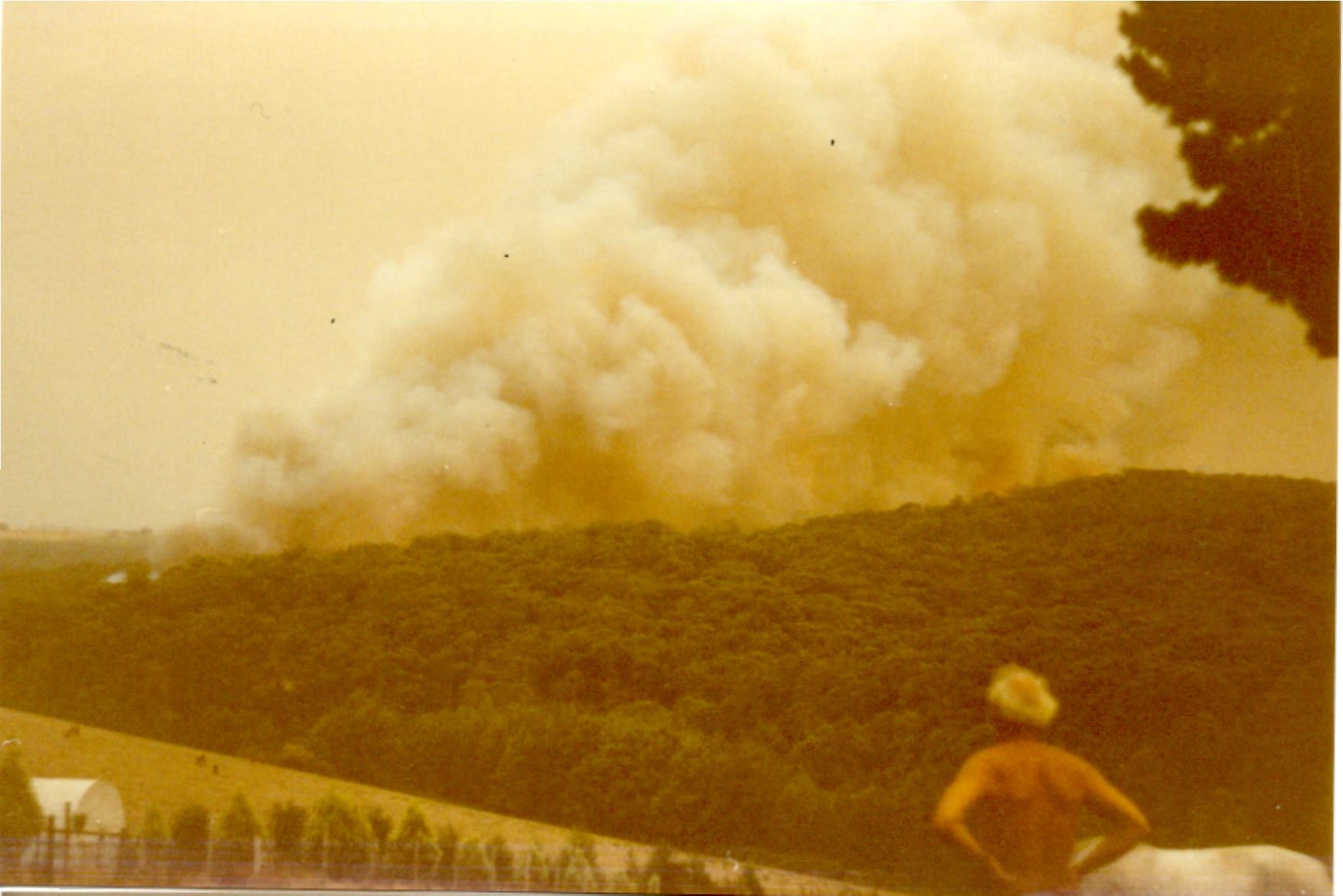
The moisture in the air, known as Relative Humidity (RH), was also extremely low, which combined with high temperatures and low fuel moistures in the forests created extreme fire hazard conditions.
Bushfires in forests require fuel such as dry leaves, bark, twigs, and other vegetation to burn. Fuels were dry and forest vegetation in valleys and gullies, usually moist in most summers, was also very dry. The farm paddocks were dry and bare, with very little grass.
The hot, dry, and windy weather towards the end of 1982 gave firefighters an ominous foreboding of what might lay ahead.
The Country Fire Authority (CFA) and the Forests Commission Victoria (FCV) introduced summer fire restriction 6 to 8 weeks earlier than normal when the “Prohibited Period” was introduced on 23 October 1982 in some western areas and extended across the entire State by 13 November.
The earliest Total Fire Ban (TFB) day ever declared, up to that point, occurred on 24 November 1982. Another 21 Total Fire Ban days would be declared over the 1982-83 fire season.
An additional 610 summer crew were brought on to boost the Forests Commission’s normal workforce of 450 staff and 650 field crew.
In mid-1982, the Commission contracted for 4 agricultural-type firebombing aircraft on a full-time basis throughout the entire fire season. Contracts were also let for two light helicopters. And, as in previous years, arrangements were made to have additional light aircraft, fire bombers and helicopters on standby when needed.
Victoria also, for the second year of a trial, borrowed a RAAF C-130 Hercules carrying a Modular Airborne Fire Fighting System (MAFFS) from the US Forest Service. It operated from three major airfields in Victoria. A high-performance twin-engine command aircraft (birddog) was also placed on contract and flown by a FCV pilot.
The National Safety Council of Australia (NSCA), which was based at West Sale in Gippsland, expanded its aerial operations significantly during the 1982-83 bushfire season, and the Forests Commission arranged to use its large fleet of helicopters and fixed-wing aircraft.
Between 16-25 February 1983, more than 30 aircraft were engaged in forest firefighting by the Commission – the most intensive air operations in Australia’s history up to that time.
The CFA, State Electricity Commission (SEC) and the Melbourne and Metropolitan Board of Works (MMBW) also hired fixed-wing aircraft for reconnaissance on an ad-hoc basis, while Victoria Police had its own air wing.
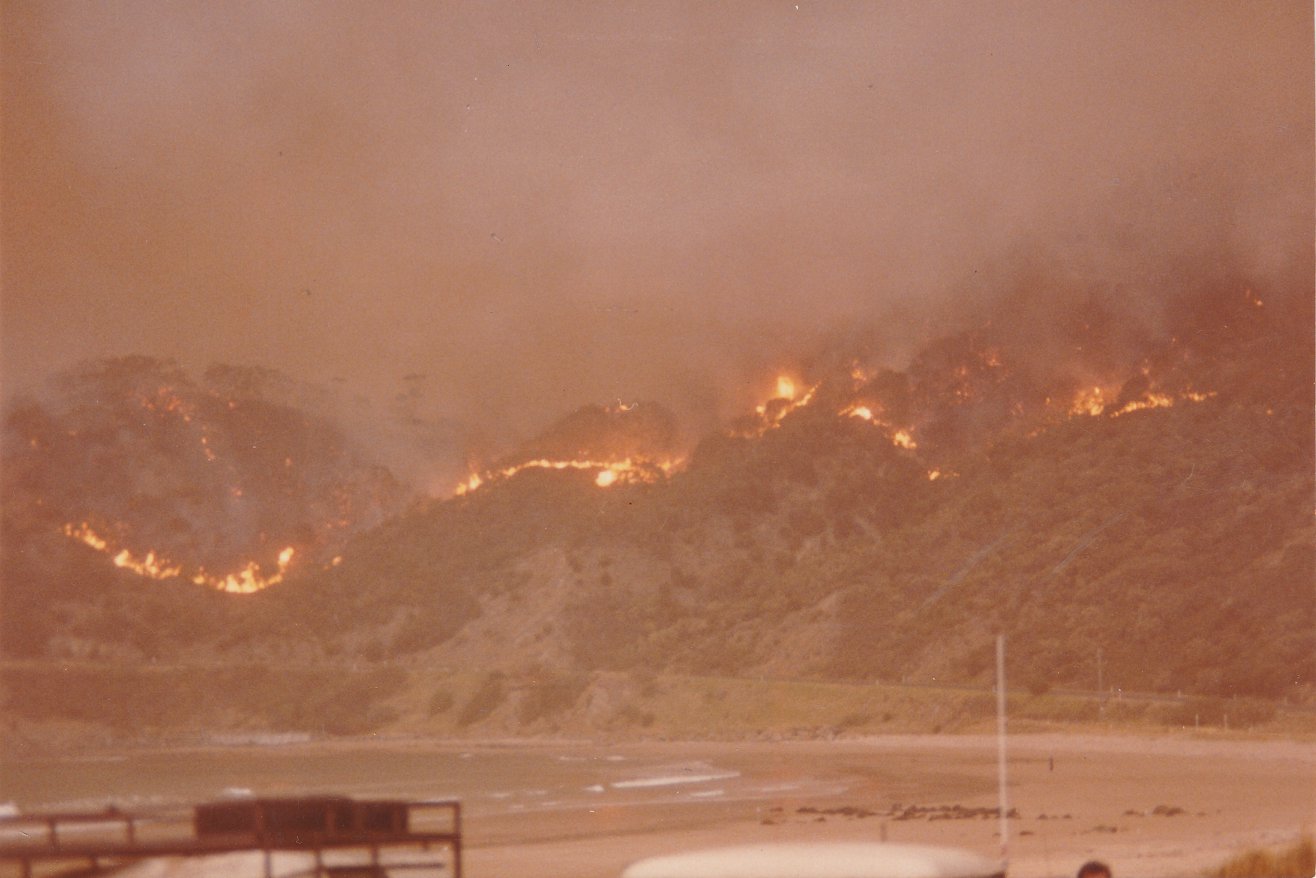
The 1982/83 fire season
While the 1982/83 bushfire season is most remembered for the fires that occurred on Ash Wednesday on 16 February 1983, significant bushfires occurred right across Victoria from August 1982 until April 1983.
The first big bushfire occurred in August 1982 in the Little Desert. This was followed by major fires in November at Nowa Nowa/Murrindal, Heyfield/Seaton, Nowa Nowa/Mt Elizabeth, Bright, Mildura and Mt Disappointment.
The bushfires continued unabated into January 1983, which was one of the hottest and driest on record.
Two Forests Commission employees from Daylesford, Des Collins and Alan Lynch died when the bulldozer they were operating was overrun by a 16,000-ha bushfire at Greendale on Saturday 8 January 1983. They were the first FCV employees to die in bushfire since 1939 and it shook the organisation to its core. However, their deaths were somewhat overshadowed by the 47 fatalities in Victoria on Ash Wednesday just a few weeks later, which included 14 CFA firefighters.
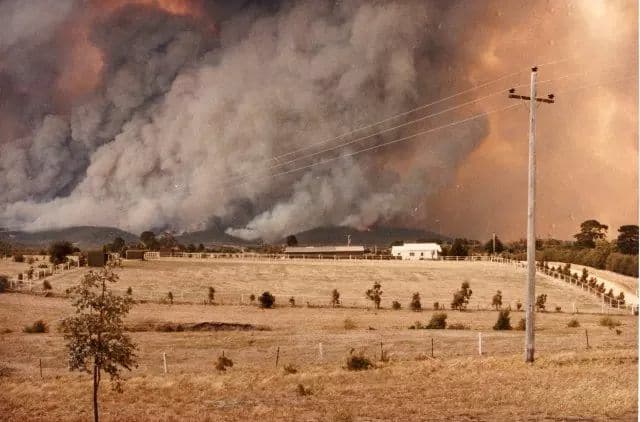
The hot summer continued when, on Tuesday 8 February 1983, strong winds lifted an estimated 50,000 tonnes of dry soil and sand from the Mallee desert and created a vast dust storm across southern Australia including Melbourne. The temperature in the city rose quickly as the north wind strengthened, and by 2.35pm it had reached a record 43.2 degrees Celsius. The 300-metre-high dust cloud stretched over 500km from Mildura to Melbourne and extended on a 150 km wide front. It reached Melbourne by 2.55pm and the sky went black. More significantly, the exact weather pattern that caused the dust storm was repeated eight days later during the catastrophic Ash Wednesday bushfires.
Two weeks before Ash Wednesday, on Tuesday 1 February 1983, the weather forecast was for a very hot day with temperatures of 41 degrees Celsius and windy conditions. The CFA declared a day of Total Fire Ban.
A fire, which was carelessly started by workmen using a metal grinder, broke out just north of the Macedon Ranges near Braemar College. 500 FCV and CFA crew, with 6 bulldozers and 76 tankers were deployed. FCV quickly had several aircraft over the fire and deployed the large MAFFS firebomber. The fire destroyed about 50 homes, but more significantly, the area burnt on 1 February 1983 stopped the East Trentham fire as it made its deadly run up the slopes of Mount Macedon on Ash Wednesday.
While in the far east of the State, and largely hidden from media view, FCV and CFA faced 2 large campaign bushfires over a 2-month period. The bushfires at Cann River, which began in late January, with another later in March, were some of the largest in Gippsland since 1965. They burned a combined total of 253,000 hectares under extreme drought and weather conditions, with temperatures exceeding 46 degrees Celsius, relative humidity as low as 16%, and wind speeds exceeding 100 km/hr. The campaign bushfires at Cann River overlapped the Ash Wednesday fires and were a significant drain on departmental resources.
In early March there was a fierce 1,900-hectare bushfire in thick coastal heathland near Loch Sport on the southern shores of Lake Victoria, while the last major fire of the season was in the southern Grampians on 22 April under warm and windy conditions.
Overall, FCV attended 878 fires totalling 486,030 hectares, which was well above the 11-year average of 141,000 hectares.
The CFA attended nearly 3,200 fires during the same fire danger period.
Ash Wednesday – 16 February 1983
Over its 12-hour rampage, more than 180 fires, fanned by winds of up to 110 km/h, caused widespread destruction across Victoria and South Australia on Ash Wednesday, 16 February 1983
In Victoria, 47 people died, while in South Australia there were a further 28 deaths. Many fatalities occurred because firestorm conditions were caused by a sudden and violent wind change in the evening which rapidly switched the direction and size of the fire front.
Major fires broke out at:
- East Trentham / Macedon – 29,500 hectares
- Warburton / Powelltown – 44,500 hectares
- Otways-Deans Marsh / Lorne / Great Ocean Road / Anglesea – 41,200 hectares
- Belgrave Heights / Upper Beaconsfield – 9,200 hectares
- Cockatoo – 1,833 hectares
- Cudgee / Ballangeich – 50,000 hectares
- Moonlight Head – 1,440 hectares
The speed and ferocity of the flames, aided by abundant dry fuels and a landscape immersed in smoke, made it almost impossible to suppress and contain the fires. In many cases, residents fended for themselves as the bushfires broke communications, cut off escape routes and severed electricity, telephones and water supplies.
It was not possible to outrun them. Spot fires simply leapfrogged across the parched landscape and there often seemed to be no distinct fire front, but instead hundreds of rapidly developing spot fires that eventually joined.
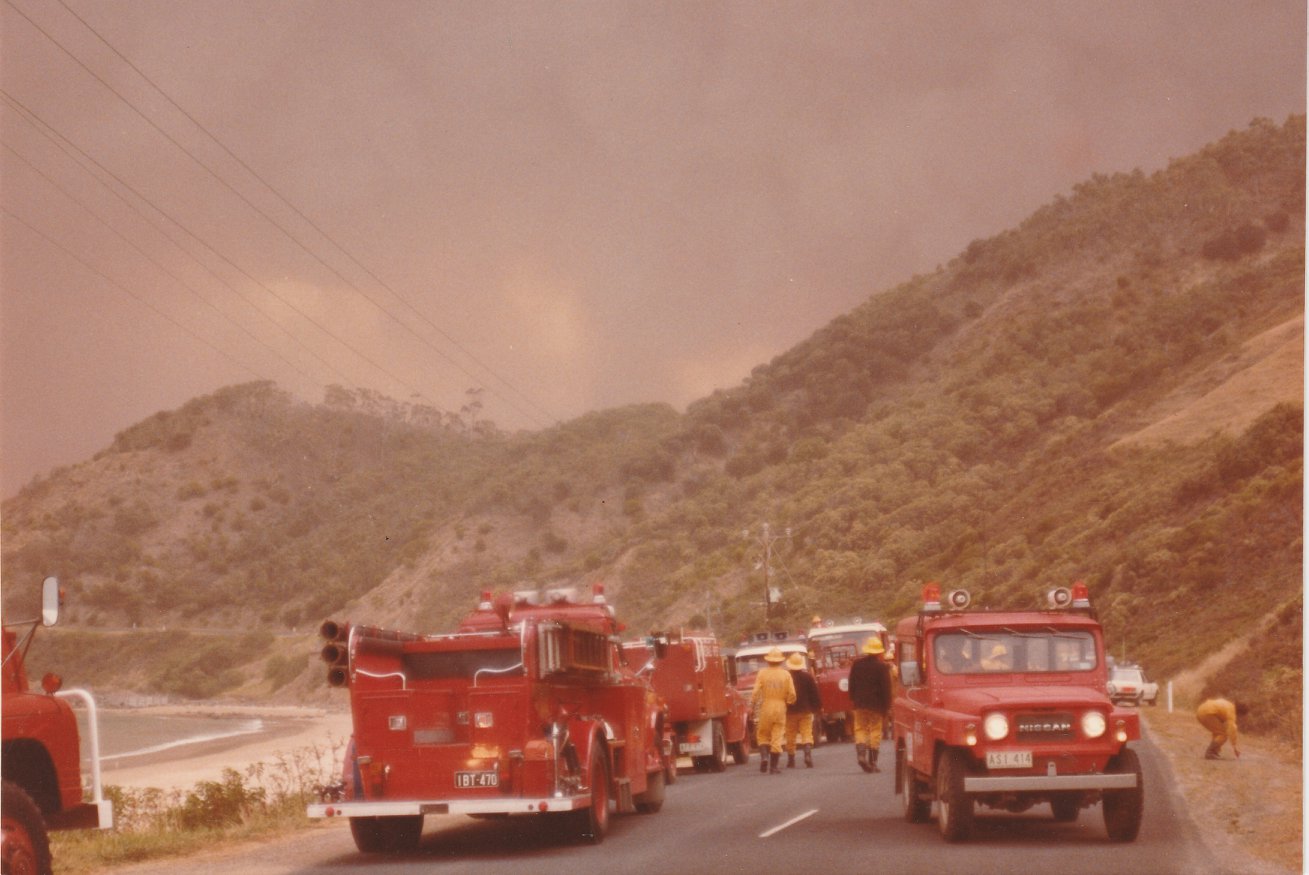
In most cases, efforts to control the fire storms were too dangerous and ineffective, so were all but abandoned, and the focus shifted to saving lives and property as well as warning and evacuating people ahead of the advancing blaze.
The fires destroyed approximately 2,090 homes, plus another 807 buildings in Victoria while many businesses, stores, equipment, machinery, stock, and other private assets were also lost. The total cost of the property-related damage in Victoria was estimated to be over $200 million.
Ash Wednesday – weather
After a cool Sunday when the temperature only reached 23 degrees Celsius, the temperature warmed to 34 degrees Celsius on the Monday. A TFB was declared for the Tuesday, which was a fine, warm, and partly cloudy day with light winds and a top temperature of 31 degrees Celsius.
Fire authorities were lulled by forecasts of more mild weather for the following day, but early on Ash Wednesday, 16 February 1983 at 6.30am the Bureau of Meteorology (BOM) amended its predictions, and a TFB was declared.
By early that morning, 104 fires were already burning in Victoria. Most were controlled or contained, but at about 2.00pm the situation escalated dramatically.
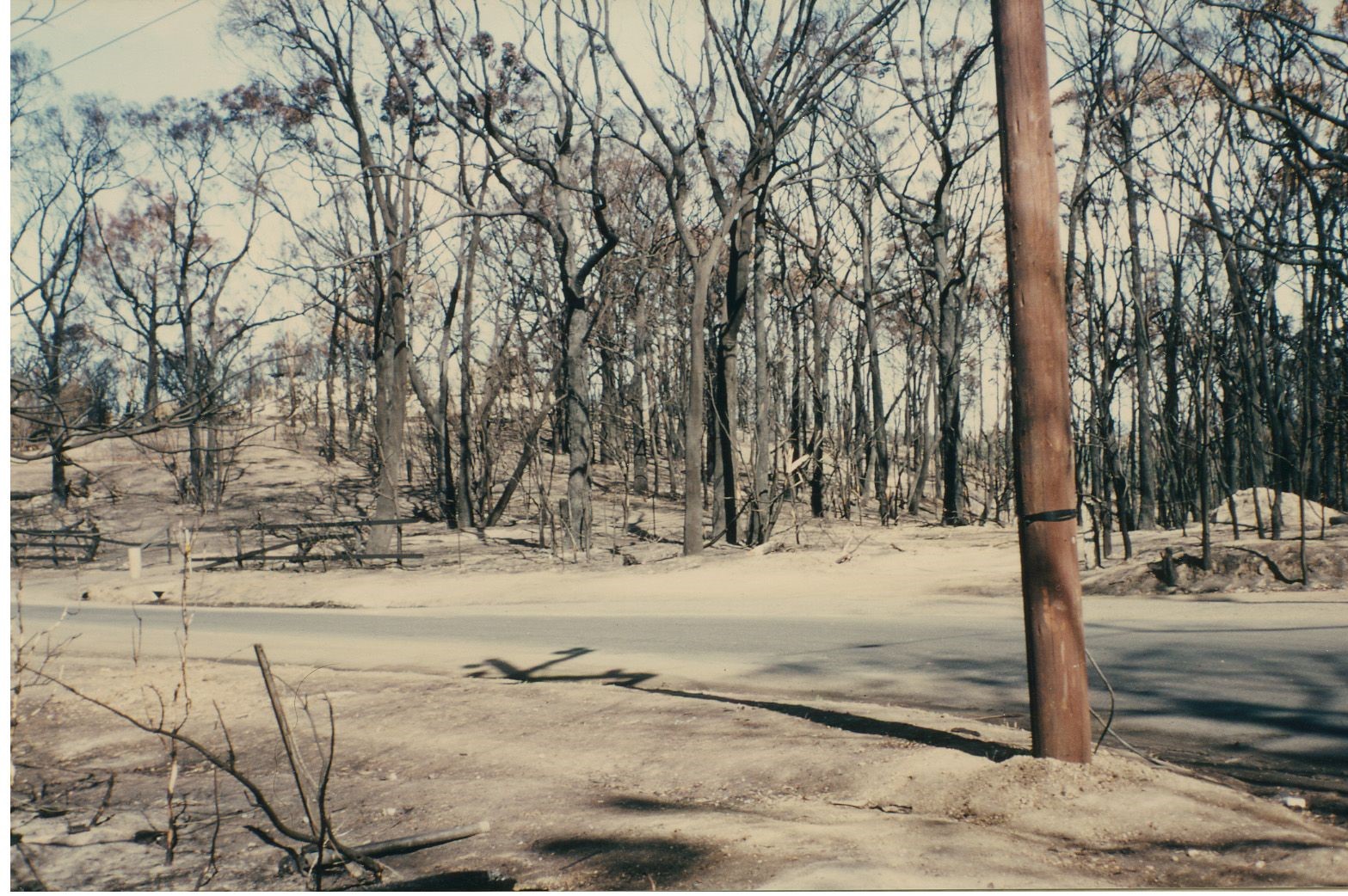
Years of severe drought and extreme weather combined to create one of Australia's worst fire days since Black Friday in 1939.
Clear skies and rising temperatures were observed, and a front of cold air was situated in the Great Australian Bight off the coast of South Australia.
The new BOM forecast was for strong upper winds of 60-65km/hr at 1000 metres increasing to 70-90 km/hr at 1500 metres.
The front caused the hot air in the centre of Australia to be drawn southwards, creating a hot, dry northerly wind over Victoria. As a result, temperatures in many places rose to over 40 degrees Celsius, and air moisture dropped below 15%.
By noon, the high pressure had not moved and a deep trough of low pressure with several cold fronts had moved into the Bight off western Australia.
The squeezing up of the systems increased a pressure gradient which led to strong winds of up to 70 km/h at Tullamarine where temperatures reached 43 degrees Celsius, and the Relative Humidity (RH) dropped to less than 5%.
Winds Change
A strong south-west wind change began moving through Victoria by early evening. It reached Framlingham near Warrnambool at 5.58pm, Lorne on the coast at 6.40pm, East Trentham at 8.45pm, Cockatoo at 9.05 pm and Warburton at 9.15pm. The erratic and violent wind change caused the fires to change both direction and size.
Prior to the change, under the prevailing north westly winds during the day, the fires had been relatively long and thin with a narrow front. But after the wind change, the long edge on the eastern flank of the fire switched to become the main front. The fire then became much broader and spread out in many fingers with long distance spot fires up to 20km ahead of the front being observed.
Most of the life and property losses occurred in the hour or so following the wind change.
At Lorne, windstorms with gusts more than 100 km/hr, several houses lost roofs, trees were smashed, and some outbuildings disintegrated while roofing iron and burning mattresses were seen flying through the air. A fire tornado near Moggs Creek cut an 800-metre swathe through the forest, and mature red ironbark trees up to 15 metres tall were uprooted or snapped off.
The wind change also caused fires to merge, like the Cudgee/Ballangeich fire near Warrnambool.
12 CFA firefighters, in trucks from Narre Warren and Panton Hill, also lost their lives on a narrow bush track at the Critchley Parker Junior Reserve at Upper Beaconsfield when the fire overran them following the severe wind change.
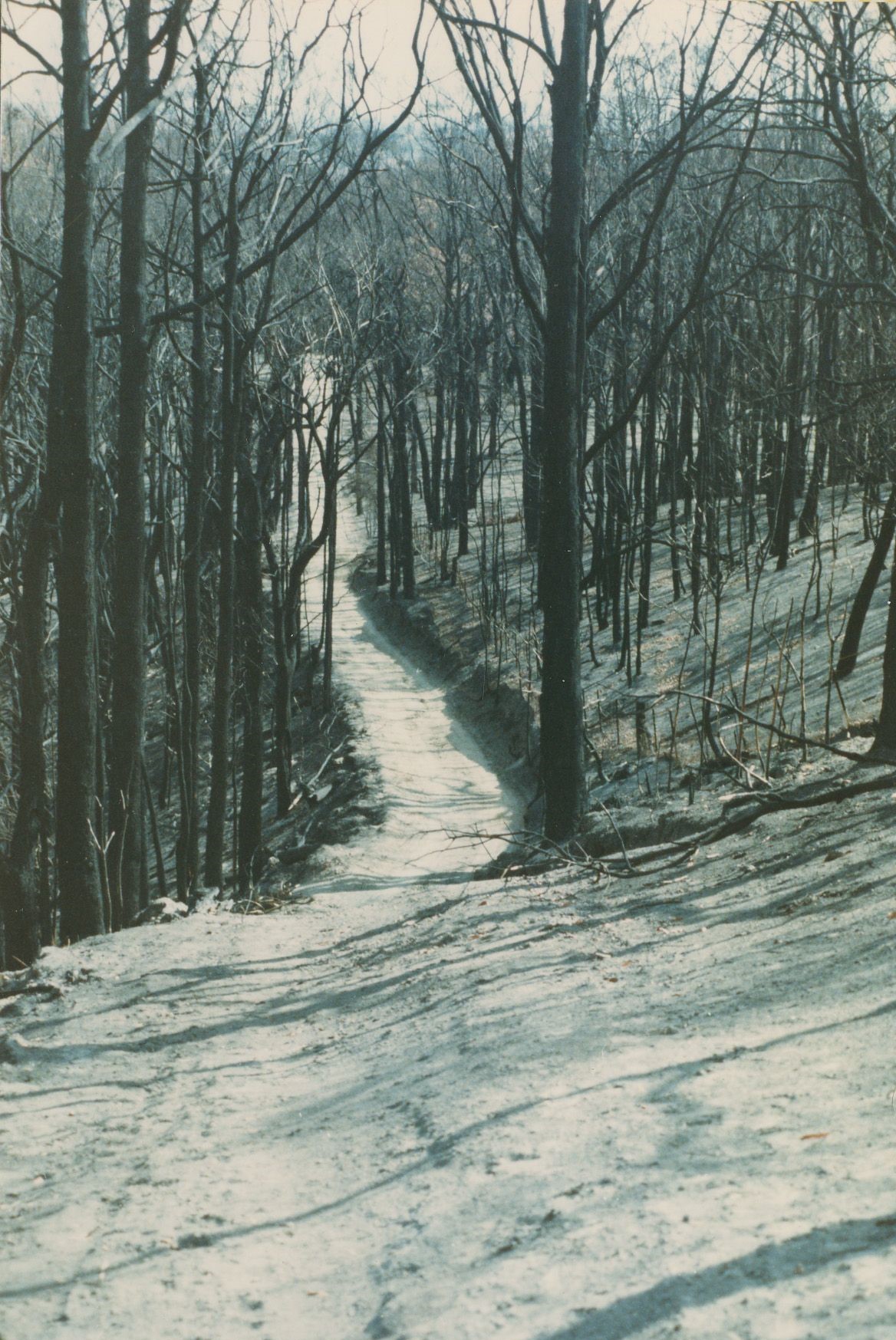
But by midnight, the temperature was slowly dropping to 24 degrees Celsius with the RH hovering at 40%. At about 4.00am on Thursday a light drizzle began to fall as the temperature dropped even lower, to 12 degrees Celsius, at Powelltown. The spread of all the Ash Wednesday fires virtually stopped but they hadn’t gone completely out.
Cooler weather on the Thursday allowed consolidation, backburning, blacking out and patrols to continue.
Heavy rain fell across Victoria during the week after Ash Wednesday which extinguished most of the remaining smouldering edge, but in some cases caused flash flooding and landslips.
Recognised Causes
The official causes of some of the Ash Wednesday fires remain unknown but other causes included sparks from damaged and clashing electricity power lines, tree branches hitting power lines, as well as suspected arson.
Overall Damage
During the hectic 1982/83 summer period, FCV personnel attended 878 fires, of which 823 affected the Fire Protected Area (FPA). The total area of FPA burnt was 486,030 hectares, which was well above the 11-year average of 141,000 hectares.
Lightning caused 230, or 28% of all fires, which was more than 3% above the 11-year average of 24.8%. 95 of these fires occurred during the 10-day period from 21 February.
A further 149, or 18% of fires, were attributed to deliberate lighting in line with the 11-year average; a cause for great concern was the number of these fires which were lit on days of high to extreme fire danger.
Only 29 fires exceeded 400 hectares and, of these, 13 exceeded 4,000 hectares. The 2 largest fires occurred in Cann River Forest District and burnt 127,200 hectares and 126,100 hectares respectively.
Of all fires, 91% burnt less than 40 hectares and 79% did not exceed 4 hectares.
In total, FCV’s spent $16.2million on firefighting during the hectic 1982/83 season, which included Ash Wednesday.
The fires also damaged valuable timber in State forests as well as public and private plantations, with losses of around $50million. The fires burned the vegetation that protects the soil and soil erosion damaged streams and water catchments. Park and forest facilities and offices were also damaged or destroyed.
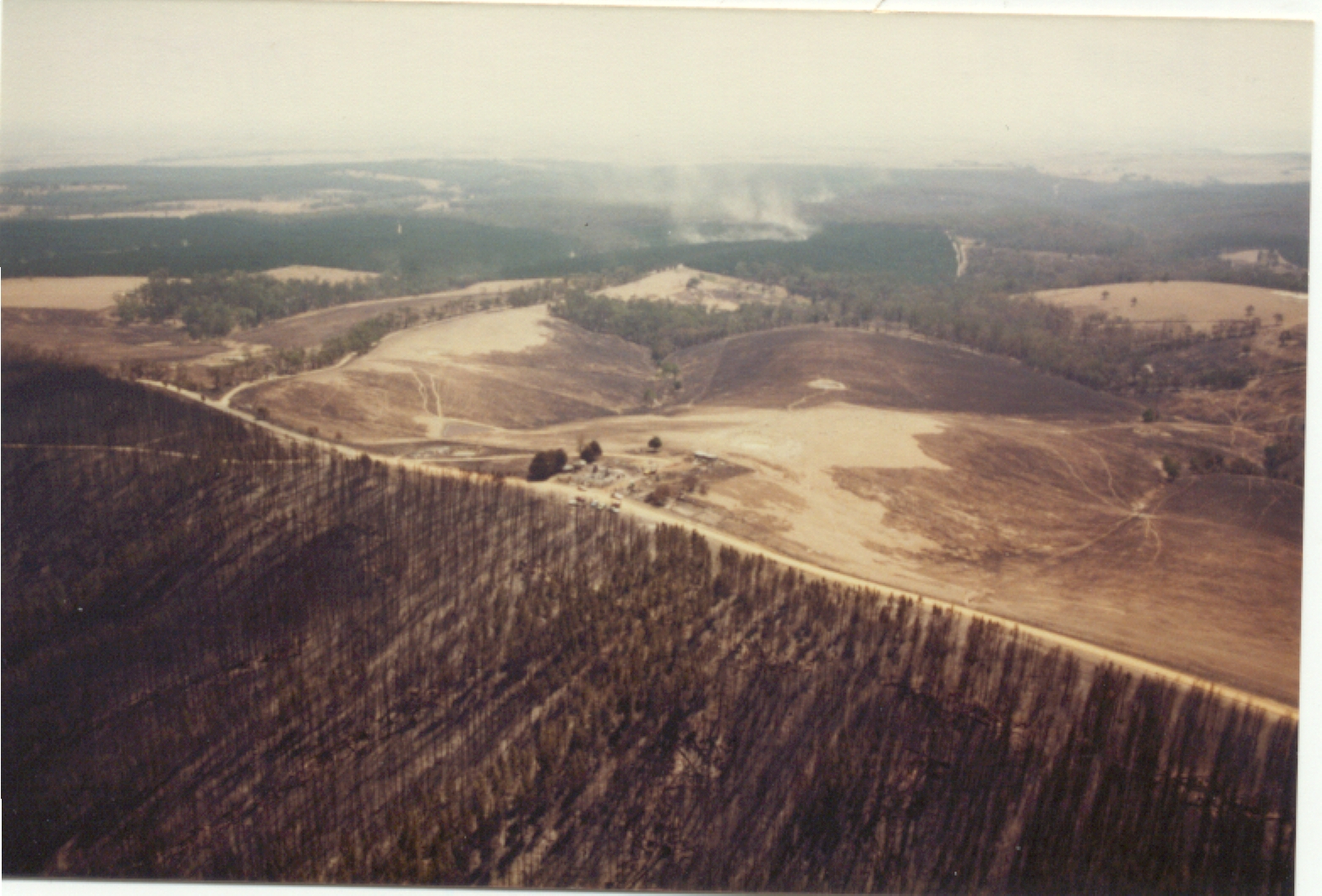
Due to the large numbers of fires burning on Ash Wednesday, most of Victoria suffered damage, with 9 of the fires being larger than 150 hectares in size. As a result, eight areas and townships of Victoria were severely affected and summarised in the table below.
| Area/town | Fire size (hectares) | Deaths | Buildings lost |
|---|---|---|---|
| Cudgee/Ballangeich | 50,000 | 9 | 872 |
| East Trentham/Mt Macedon | 29,500 | 7 | 628 |
| Otway Ranges | 41,000 | 3 | 782 |
| Belgrave Heights/Upper Beaconsfield | 9,200 | 21 | 238 |
| Cockatoo | 1,800 | 6 | 307 |
| Monivae | 3,181 | 0 | numerous |
| Branxholme | 200 | 1 | 10 |
| Warburton | 40,000 | 0 | 57 |
Source: Country Fire Authority, Victoria: The Major Fires Originating 16 February 1983, December 1983
More than 16,000 firefighters attended the Ash Wednesday fires. They included those from the FCV, the National Park Service (NPS), the Crown Lands and Survey Department. These agencies later merged in mid-1983 to become the Department of Conservation Forests and Lands (CFL) – the forerunner to the Department of Energy, Environment and Climate Action (DEECA) and FFMVic.
Firefighters also came from the Melbourne and Metropolitan Board of Works, the State Electricity Commission, the Country Roads Board, Post Master General, interstate forest services, private forestry companies, sawmillers and logging contractors, individual forest workers, adjoining landowners and Local Government authorities. They worked alongside thousands of CFA volunteers and staff.
There were well over 400 vehicles (fire trucks, water tankers, and bulldozers), 11 helicopters, and 14 fixed-wing aircraft used. 1,000 Victoria Police and 500 Australian Defence Force personnel from the Navy, Army and Air Force also assisted.
The Victorian State Emergency Service, Australian Red Cross, Salvation Army, St John Ambulance Brigade and many other volunteer organisations, and countless individuals, greatly assisted by supporting the welfare of firefighters, particularly after the 16 February Ash Wednesday emergency.
There was shock, heartache, anger, blame and bewilderment. This was followed by months of clean-up and relief works, with years of recovery and rebuilding of lives, homes and communities.
South Australia
The fires also reached South Australia, burning 208,000 hectares in the Adelaide Hills and farming country in the state's southeast. In addition, they destroyed 21,000 hectares of pine plantations. The fires in South Australia killed 28 people and destroyed 383 houses. The estimated cost of damage was more than $200 million.
Review
After the Ash Wednesday bushfires, a procedural review by Police Commissioner Mick Miller was held on bushfire disaster preparedness and response in Victoria. The State Coroner also separately investigated the deaths at Greendale and on Ash Wednesday. The new State Premier, John Cain, decided against a Royal Commission.
Report of the Bushfire Review Committee
You can read more about the Ash Wednesday fires in Peter McHugh’s books:
Forests and Bushfire History of Victoria: A Compilation of Short Stories. Series 3
Page last updated: 15/02/23